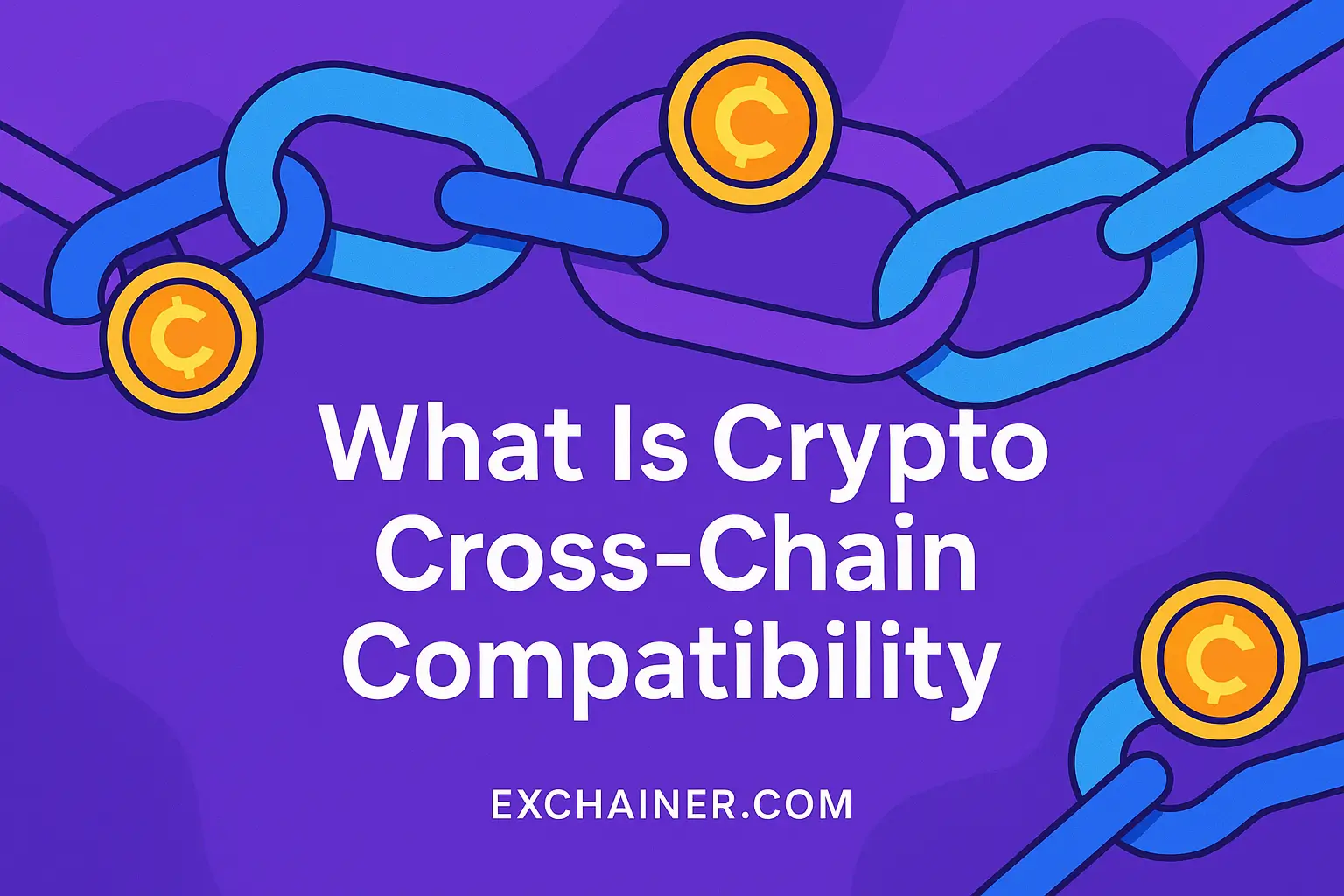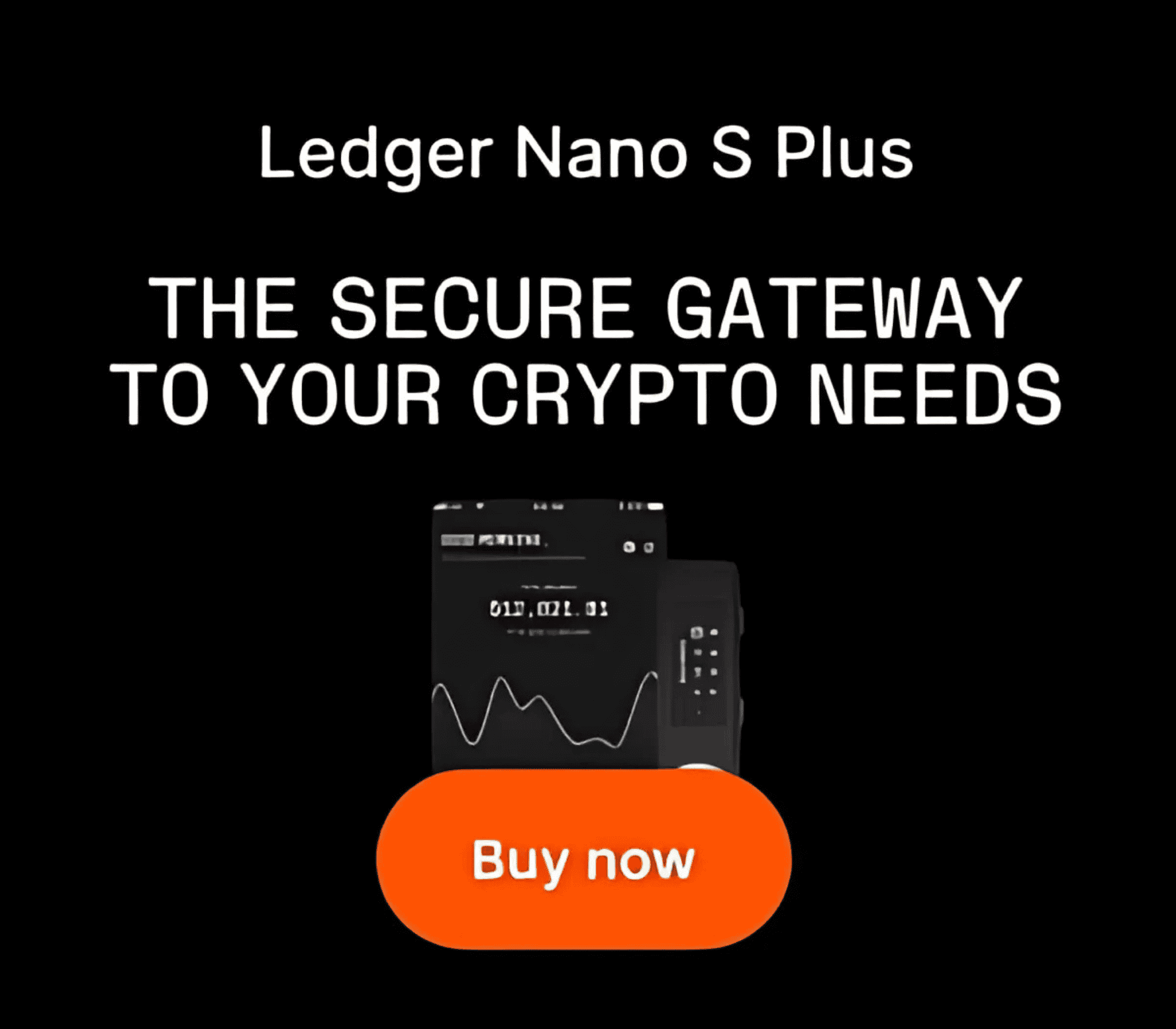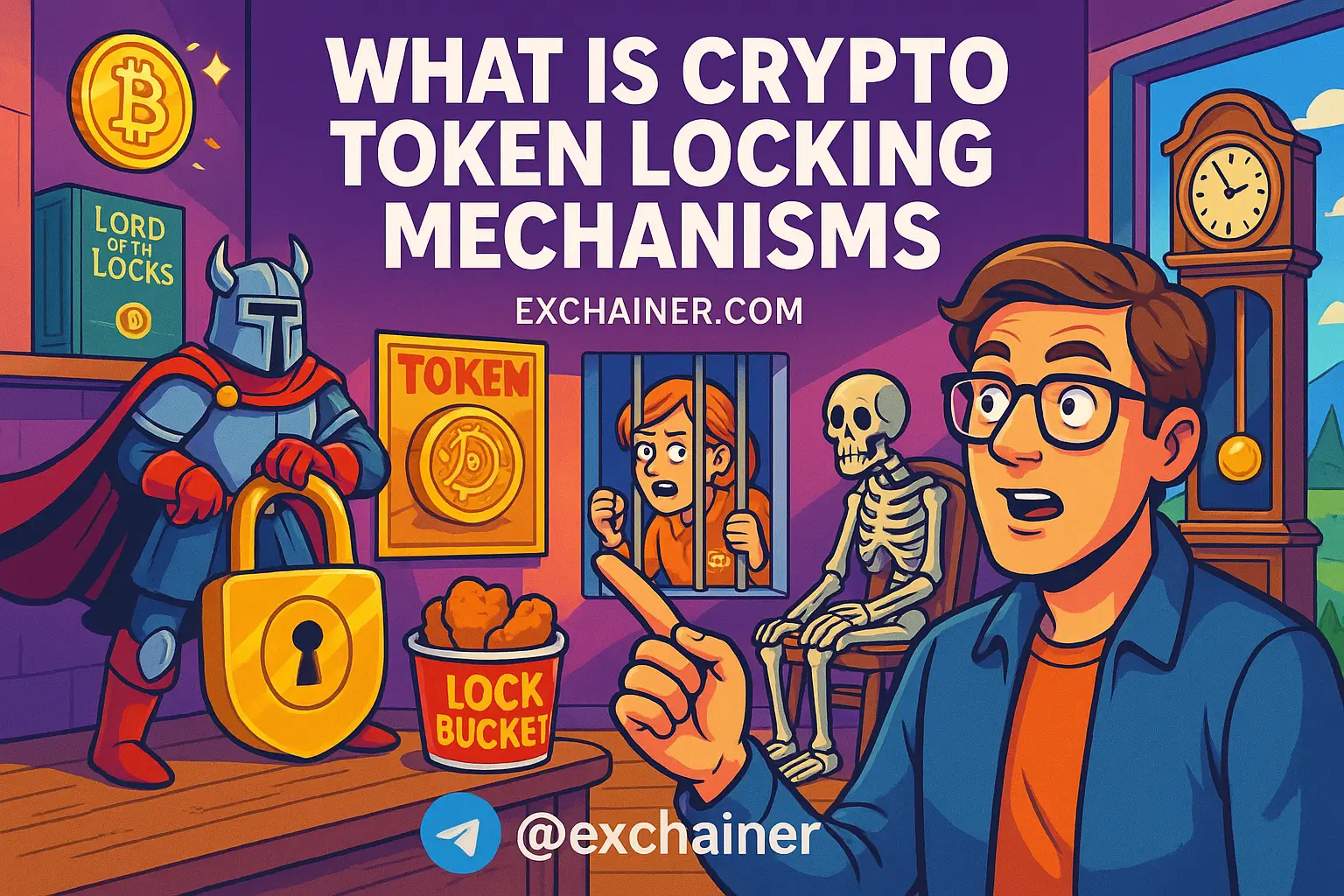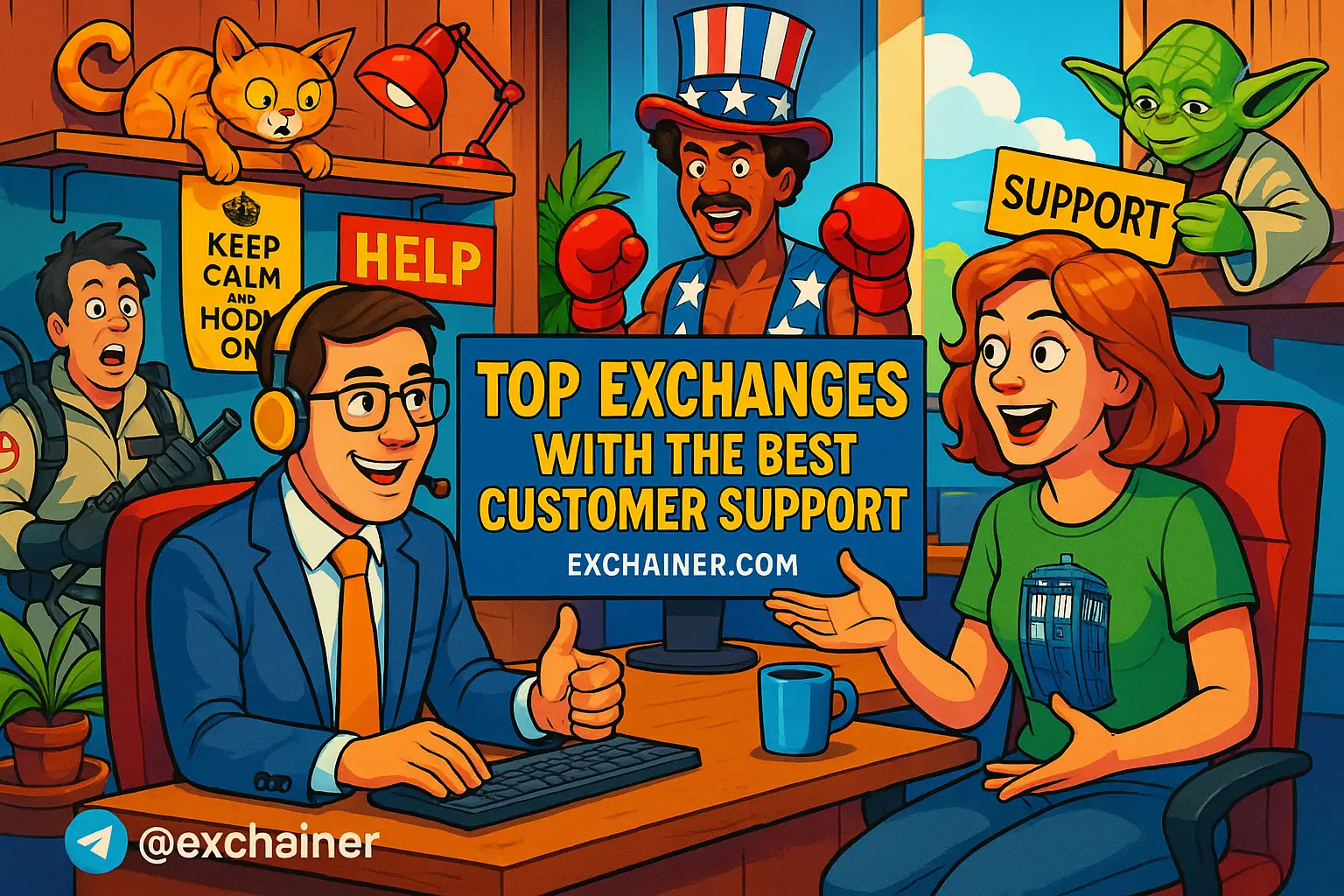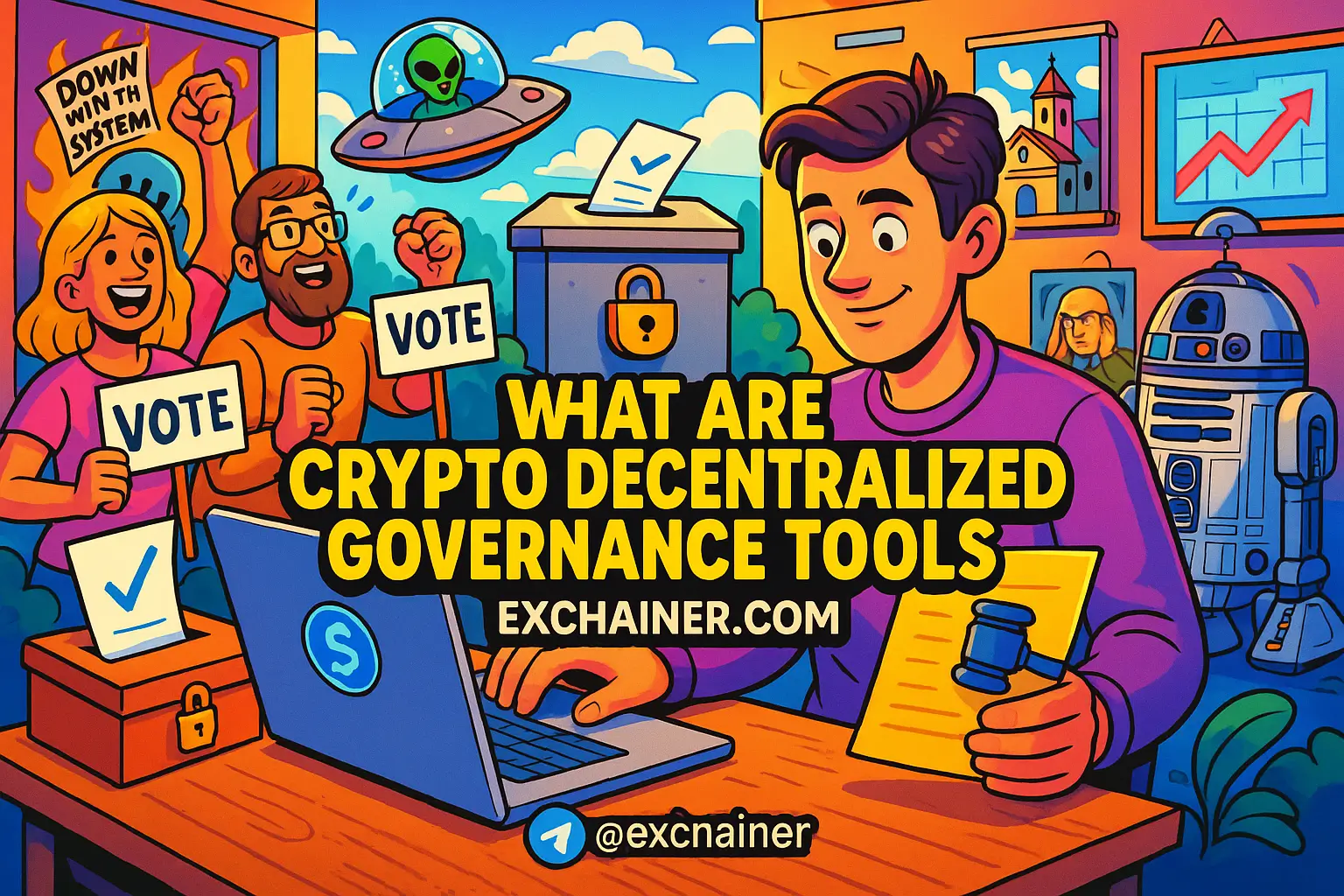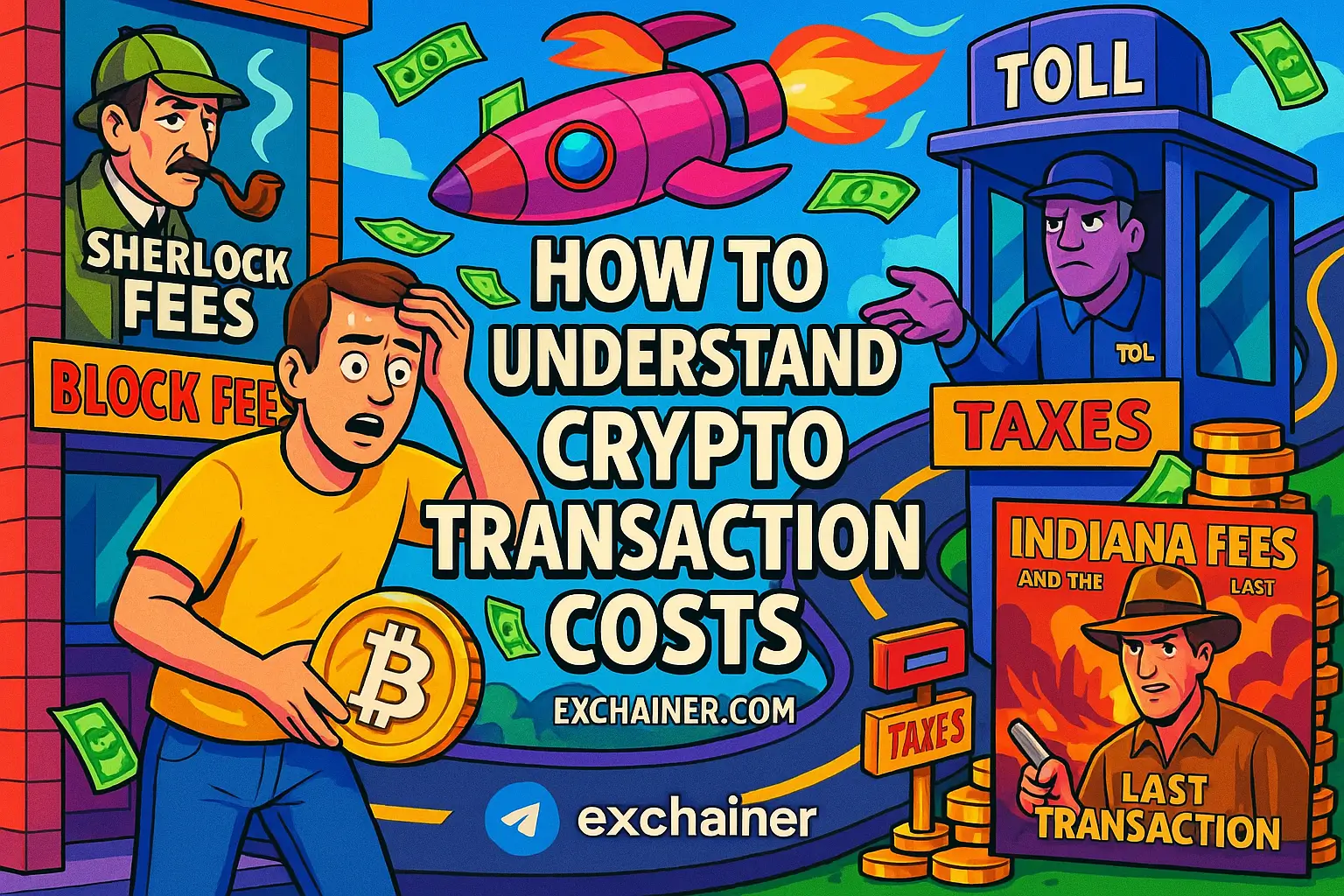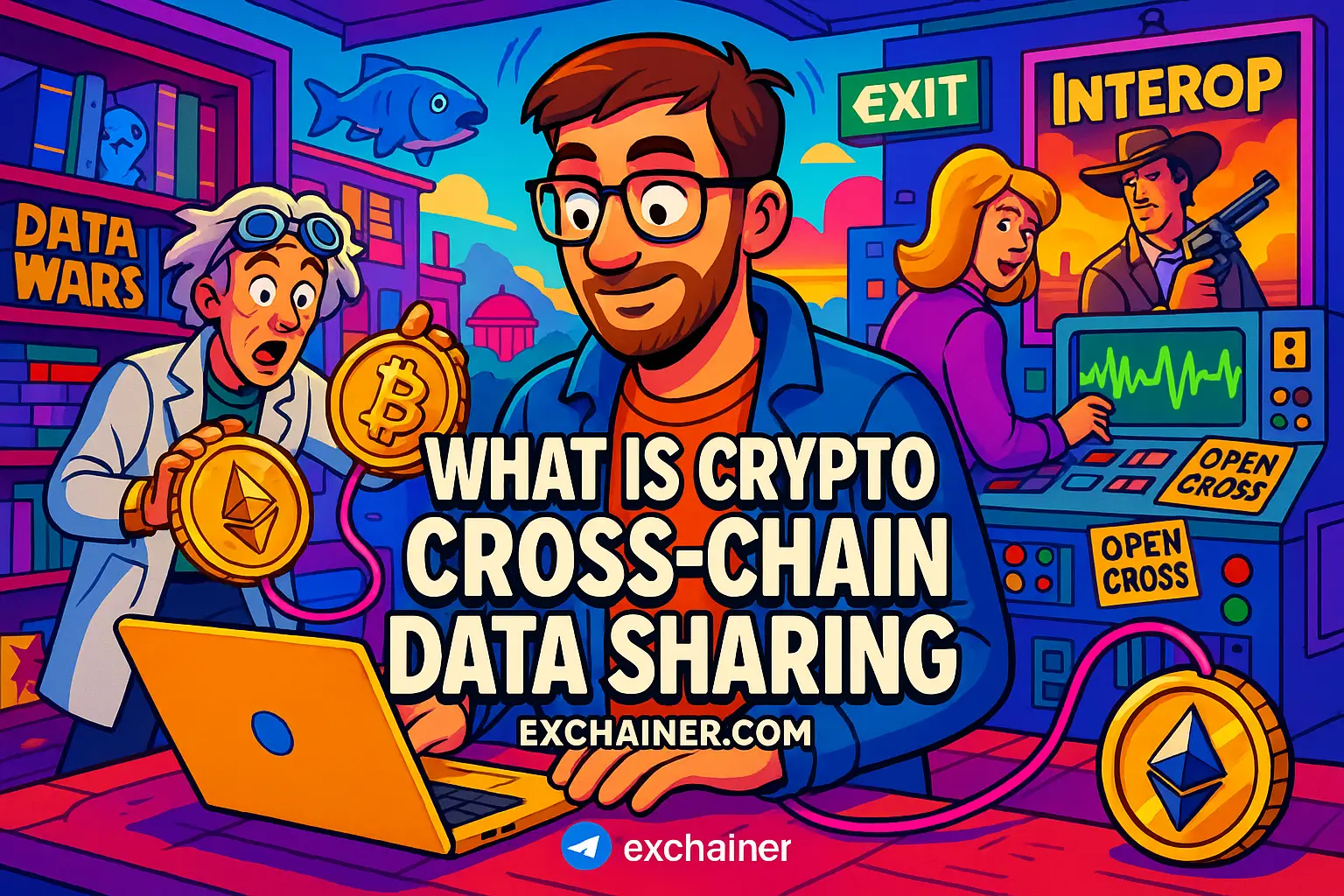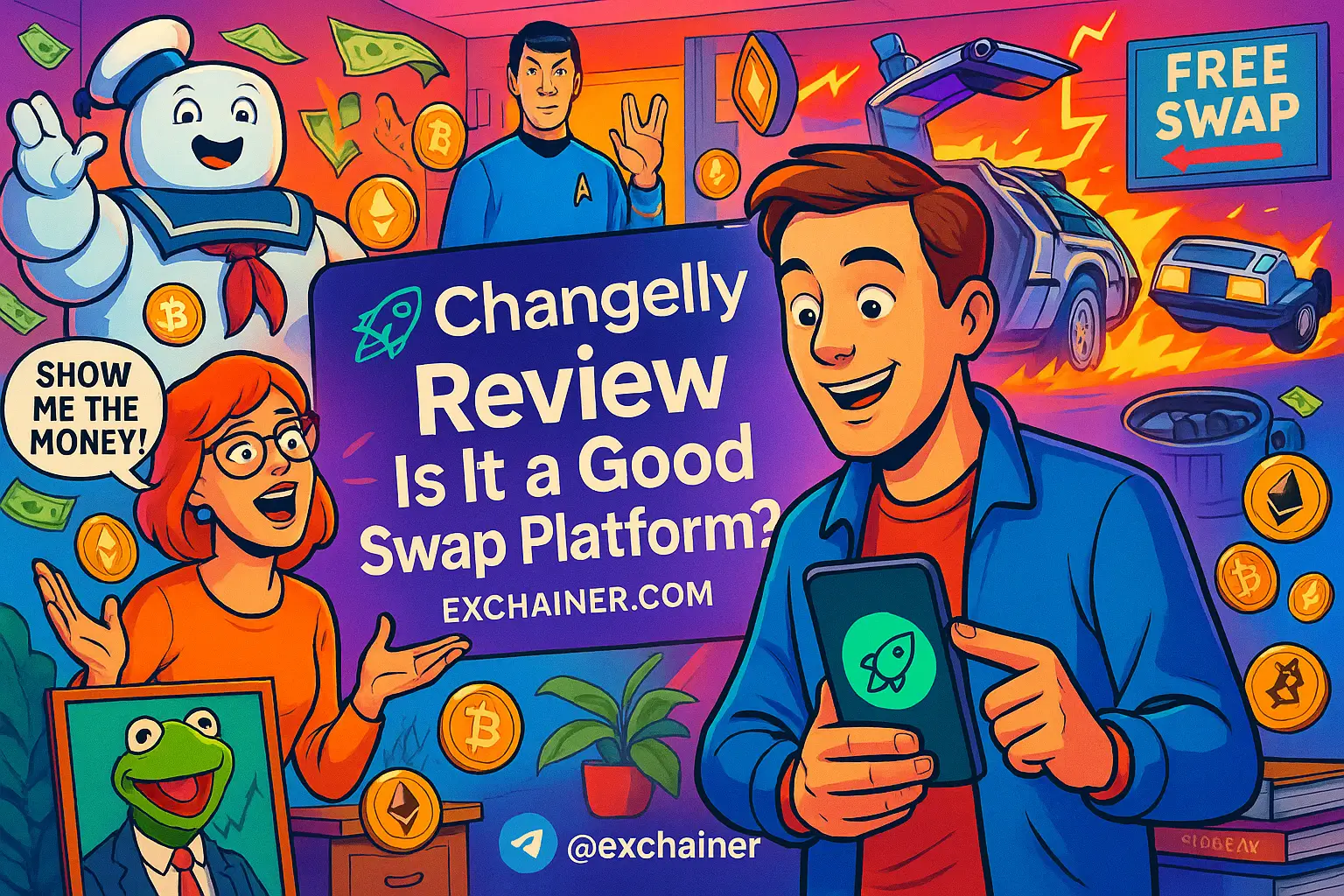Introduction
Friends, ever wondered why your favorite crypto tokens don’t just work seamlessly across all blockchain networks? Welcome to the fascinating world of crypto cross-chain compatibility — the technology that’s breaking down walls between different blockchains. As decentralized finance (DeFi), non-fungible tokens (NFTs), and multichain ecosystems surge in popularity, cross-chain compatibility has become a hot topic. Without it, moving assets or data between networks can feel like navigating a puzzle with missing pieces. Imagine wanting to trade an NFT on Ethereum but your wallet only speaks Binance Smart Chain—frustrating, right? This is where cross-chain compatibility steps in to save the day.
So, what is crypto cross-chain compatibility? Simply put, it’s the ability of different blockchain networks to interact, share data, or transfer assets smoothly. Think of it as the internet for blockchains, enabling various chains to “talk” and cooperate without losing security or decentralization. For example, it allows you to swap Bitcoin for Ethereum tokens without relying on a centralized exchange that could get hacked or shut down.
In this article, you’ll get a beginner-friendly yet detailed explanation of how cross-chain compatibility works, the main protocols and tools involved, security risks to watch out for, practical use cases, and how you — either as a developer or user — can implement it safely. We’ll cover technical methods, popular blockchain bridges, interoperability frameworks, and much more to equip you with a solid understanding. By the end, you’ll see why cross-chain compatibility isn’t just a buzzword—it’s a cornerstone of the crypto future.
Ready to dive in? Let’s explore the mechanics, risks, and exciting opportunities behind crypto cross-chain compatibility and how it’s shaping the blockchain landscape.
How Cross-Chain Compatibility Works
Core Concepts
To understand cross-chain compatibility, you need to grasp some foundational ideas. At its core, it’s about cross-chain interoperability — the ability of different blockchain networks to communicate and interact. Imagine blockchains as isolated islands. Cross-chain technology builds bridges so users can move assets and messages without hopping on a ferry every time.
One key method is through atomic swaps. Atomic swaps allow two parties to exchange cryptocurrencies across separate blockchains directly, without a trusted third party. The catch? This operation is “atomic,” meaning it either completes fully or not at all, eliminating the risk of one party losing funds.
Another concept is wrapped tokens. Since tokens usually follow different standards per blockchain (think ERC-20 on Ethereum and BEP-20 on Binance Smart Chain), a token from one network can be “wrapped” or converted into a representation usable on another chain. For example, wrapped Bitcoin (WBTC) lets Bitcoin holders use BTC on Ethereum-based DeFi apps.
Cross-chain interactions often involve relayers or validators, which help transmit messages or proofs between chains. Relayers act as messengers, passing data back and forth, while validators confirm that transactions are legitimate on each end.
Technical Methods
There are mainly three ways chains achieve compatibility:
-
Atomic Swaps: Two blockchains execute a trade simultaneously via hashed timelock contracts (HTLCs). It’s trustless but requires both chains to support the tech. The process involves locking funds on both sides, then releasing them once conditions are met. Think of it like a digital escrow that vanishes once the deal closes.
-
Wrapped Assets: A user deposits the native asset into a smart contract or custodian, which issues an equal amount of wrapped tokens on another chain. The original asset is locked; the wrapped one floats freely, usable in a new ecosystem. When swapped back, wrapped tokens get burned, and the original asset unlocks.
-
Messaging Protocols: Instead of moving assets directly, chains exchange messages about transaction states or commands. This enables cross-chain dApps and governance. Such protocols rely on oracles, consensus validators, or specialized relayers to ensure trust.
Standards & Token Behavior
Each blockchain typically follows a token standard. Ethereum’s ERC-20, Solana’s SPL, and Binance Smart Chain’s BEP-20 are popular examples. When assets move cross-chain, their behavior must be managed carefully to prevent double-spending or loss.
Wrapping tokens relies on a simple mint-burn mechanism: deposit native assets into a reserve to mint wrapped tokens on the target chain; redeeming involves burning the wrapped versions to release the original. This trust model either depends on smart contracts or custodial entities, which can introduce security considerations later.
Cross-chain compatibility also involves token conversion, ensuring the new tokens behave as expected (correct decimals, transferable, compatible with wallets). Developers build adapters or standards that map token properties neatly.
Through these core ideas and technologies, cross-chain compatibility allows blockchain networks to interact securely and efficiently, paving the way for a multichain future.
Common Tools & Protocols
Bridge Types and Examples
Most cross-chain activity happens via blockchain bridges — technologies that connect different networks to transfer assets or data. Bridges come in several forms:
-
Custodial Bridges: Here, a centralized entity holds the original assets and issues equivalent tokens on the destination chain. While faster and simpler, custodial bridges rely heavily on trust. An example is Binance Bridge, which reissues wrapped tokens on BSC while holding originals.
-
Federated Bridges: These depend on a group (federation) of validators managing the bridge collectively to secure funds and operations. It’s slightly more decentralized but still not fully trustless. The Ren Bridge is a famous federated example, enabling BTC, BCH, ZEC transfers into Ethereum.
-
Trustless or Bridgeless Bridges: These use smart contracts and consensus mechanisms to guarantee secure swaps without custodians. Examples include Wormhole (connecting Ethereum, Solana, Terra) and LayerZero, which focus on security and decentralization at scale. Thorchain empowers cross-chain swaps using an autonomous liquidity network.
Interoperability Frameworks
Some blockchain ecosystems build interoperability into their core through frameworks and protocols:
-
Cosmos IBC (Inter-Blockchain Communication) protocol allows blockchains built on the Cosmos SDK to transfer tokens and data securely with finality assurances. It works like a set of rules and messaging protocols standardizing cross-chain communication.
-
Polkadot XCMP (Cross-Chain Message Passing): Polkadot utilizes a relay chain to coordinate and pass messages across parachains, enabling complex interactions across diverse blockchains sharing the network.
Cross-chain messaging standards continue evolving, allowing dApps and developers a standardized way to communicate regardless of chain specifics.
Emerging Platforms and Middleware
Recent developments include middleware layers and cross-chain tools like Chainlink’s Cross-Chain Interoperability Protocol (CCIP). CCIP provides a developer-friendly platform for secure cross-chain messaging and asset transfer, abstracting complexity.
Developer SDKs and APIs from projects like Axelar and LayerZero aim to simplify the integration process for building cross-chain apps, helping developers choose between bridges or messaging protocols depending on needs.
In summary, the thriving landscape of tools and protocols offers multiple pathways to build or use cross-chain capabilities tailored to security, speed, and decentralization preferences.
Risks & Security Best Practices
Major Vulnerabilities
As cross-chain compatibility grows, so do its security challenges. Blockchain bridges, especially, have become targets for hackers. Friends, some of the largest crypto heists of recent years involved bridge hacks causing losses of hundreds of millions.
Common issues include:
-
Bridge Hacks: Vulnerabilities in smart contracts or validators can lead to funds being drained. The infamous Ronin bridge hack lost over $600M.
-
Oracle Manipulation: Oracles feeding cross-chain data can be compromised, resulting in fraudulent transactions.
-
Replay Attacks: When a transaction on one chain is maliciously repeated on another without authorization.
-
Private Key Compromise: Bridge validators or custodians losing keys can jeopardize security.
-
Centralization Risks: Bridges relying on single or few entities pose trust issues contrary to blockchain principles.
Mitigation Strategies
Good news: developers and auditors are actively combating these risks.
-
Rigorous code audits and formal verification help identify vulnerabilities before deployment.
-
Using multi-signature wallets and distributed validator sets increases resilience to attacks.
-
Time locks delay transactions to allow detection of suspicious activity.
-
Some bridges implement insurance and liquidation mechanisms to protect users if hacks occur.
How Users Evaluate Safety
For everyday crypto users, here’s a practical checklist before trusting a bridge or cross-chain protocol:
-
Verify if the bridge’s smart contracts have recent audits by reputable firms.
-
Check Total Value Locked (TVL) — generally, more funds indicate higher trust but not guaranteed.
-
Assess decentralization metrics: number of validators, multi-sig governance.
-
Research bridge history — any prior hacks or incidents?
-
Seek community feedback and reputation on forums like Reddit or Twitter.
Safety first, friends! Always move small test amounts before large transfers.
Use Cases & Real-World Examples
DeFi and Liquidity Aggregation
One of the hottest areas benefitting from cross-chain compatibility is DeFi. Imagine wanting the best yield farming opportunity that spans Ethereum, Avalanche, and Polygon. Cross-chain swaps and liquidity routing enable users to aggregate funds across these networks, tapping into deeper liquidity pools.
For example, Thorchain allows users to swap tokens cross-chain without wrapped tokens, improving security and efficiency. Similarly, protocols like Multichain facilitate asset transfers to support yield farming or lending on different platforms.
NFTs, Gaming, and Composability
Cross-chain compatibility is a game-changer for NFTs and blockchain games. It allows assets minted on one chain to move and be used on another, opening markets and enabling new features like cross-platform ownership.
Take gaming avatars or collectibles that live on Ethereum but can be utilized in a game built on Polygon. This interoperability increases user utility and liquidity of digital assets, improving the overall experience.
Enterprise & Cross-Chain Data
Beyond consumer use, enterprises harness cross-chain tech for supply chain transparency, identity management, and oracles that provide real-world data across chains.
For instance, companies utilize cross-chain oracles to verify product authenticity or track shipments on tamper-proof ledgers spanning multiple blockchains. Projects like Chainlink pioneer these solutions, integrating data reliably across decentralized networks.
Cross-chain compatibility is unlocking new levels of composability and collaboration across industries.
How to Implement & Best Practices
For Developers
If you’re a dev ready to build cross-chain applications, here’s a roadmap:
-
Choose your architectural pattern: do you want to use a bridge (token transfer focus) or messaging protocol (data-centric)?
-
Pick a protocol or middleware that fits your goals — LayerZero, Axelar, Wormhole, CCIP among others.
-
Leverage SDKs and APIs provided by these platforms to speed development.
-
Test rigorously on testnets before mainnet deployment, simulating edge cases.
-
Implement monitoring, analytics, and have upgradeability plans to fix bugs post-release.
For Users
Considering transferring assets across chains? Follow these tips to stay safe:
-
Research the bridge you plan to use: check audits and community reviews.
-
Estimate gas fees and bridge fees; some networks are cheaper than others.
-
Start by sending small amounts to confirm everything works smoothly.
-
Confirm transaction receipts on both source and destination blockchains.
-
Keep backup wallets and secure private keys at all times.
Cost, UX, and Performance Trade-Offs
Cross-chain integration still faces challenges with latency, transaction fees, and occasional failure cases. While trustless bridges offer security, they may be slower or more expensive compared to custodial ones.
Designers optimize user experience by hiding complexity via intuitive interfaces, batching transactions, or subsidizing fees. Balancing security, speed, and cost is essential to widespread adoption.
Understanding these trade-offs helps both developers and users navigate the cross-chain space confidently.
Conclusion
There you have it, friends! Crypto cross-chain compatibility is no longer a futuristic idea but a crucial building block powering DeFi, NFTs, and the entire multichain universe. From atomic swaps to blockchain bridges and interoperability frameworks, the technology opens up vast possibilities of connecting isolated blockchains into a unified network.
We’ve covered how cross-chain compatibility works, the tools making it possible, associated security risks, real-world applications, and practical guidance for developers and users alike. In this evolving space, security remains paramount, so always prioritize audited protocols and start small when testing.
Key takeaways:
- Cross-chain compatibility enables seamless transfer of digital assets and data between blockchains, boosting liquidity and usability.
- Different technical methods have advantages and trade-offs; understand what suits your needs.
- Use and develop with trusted, well-reviewed bridges or messaging layers.
- Watch out for security issues like bridge hacks and oracle attacks; rely on audited solutions and decentralization.
- Stay informed about innovations like Cosmos IBC, Polkadot XCMP, and Chainlink CCIP that are driving the future.
If you’re eager to keep boosting your crypto knowledge and skillset, explore more beginner-friendly and advanced guides on Exchainer.com. Curious about trading platforms? Check out our exchange reviews. Want secure ways to manage your assets? Visit our section on tools and wallets. For foundational learning, browse our Crypto 101 category.
Your journey through the interconnected world of crypto is just starting — embrace cross-chain compatibility and ride the wave of blockchain innovation confidently!
For more info and detailed updates, visit trusted resources like CoinMarketCap and official project websites. Stay curious, stay safe, and keep exploring!

